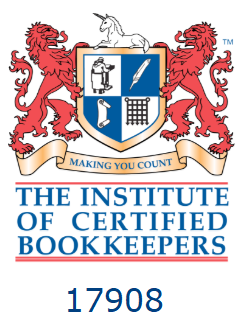Workaround for botched HMRC student loan repayment calculations
HMRC systems cannot differentiate between certain types of income which could lead to an overpayment of student loan deductions. What’s the solution?

If you make student loan repayments and you’re also within the self-assessment regime, you’ll be aware that any student loan repayments due on additional (typically non-PAYE) income are calculated and collected via your tax return. This would ordinarily be straightforward, but HMRC has confirmed that, despite student loan deductions not being due on benefits-in-kind, its systems are incorrectly including such income in the calculations. This means that affected individuals will end up paying higher student loan payments than is necessary. Therefore, if you’re in self-assessment and you have payrolled benefits in kind, such as a company car or private medical insurance, you will need to follow HMRC's guidance to ensure the student loans figure is calculated correctly. The current workaround is in place until shortcomings in HMRC systems can be addressed.
Related Topics
-
Simpler Recycling rules take effect
New rules on how workplaces must sort their waste and recycling have taken effect from 31 March. What are the key changes to be aware of?
-
New CGT reporting tool
Self-assessment returns aren’t set up for the change in capital gains tax (CGT) rates on the government filing system and will require a manual adjustment for 2024/25 to ensure the correct amount is paid. Why is there a problem and can a new online tool help?
-
MONTHLY FOCUS: THE ENTERPRISE INVESTMENT SCHEME QUALIFYING CONDITIONS
The enterprise investment scheme (EIS) is a generous collection of tax reliefs aimed at encouraging private investment into relatively young companies. In this Focus, we look at the qualifying conditions relating to the investor and the issuing company that must be met in order for a claim for relief to succeed.





 This website uses both its own and third-party cookies to analyze our services and navigation on our website in order to improve its contents (analytical purposes: measure visits and sources of web traffic). The legal basis is the consent of the user, except in the case of basic cookies, which are essential to navigate this website.
This website uses both its own and third-party cookies to analyze our services and navigation on our website in order to improve its contents (analytical purposes: measure visits and sources of web traffic). The legal basis is the consent of the user, except in the case of basic cookies, which are essential to navigate this website.